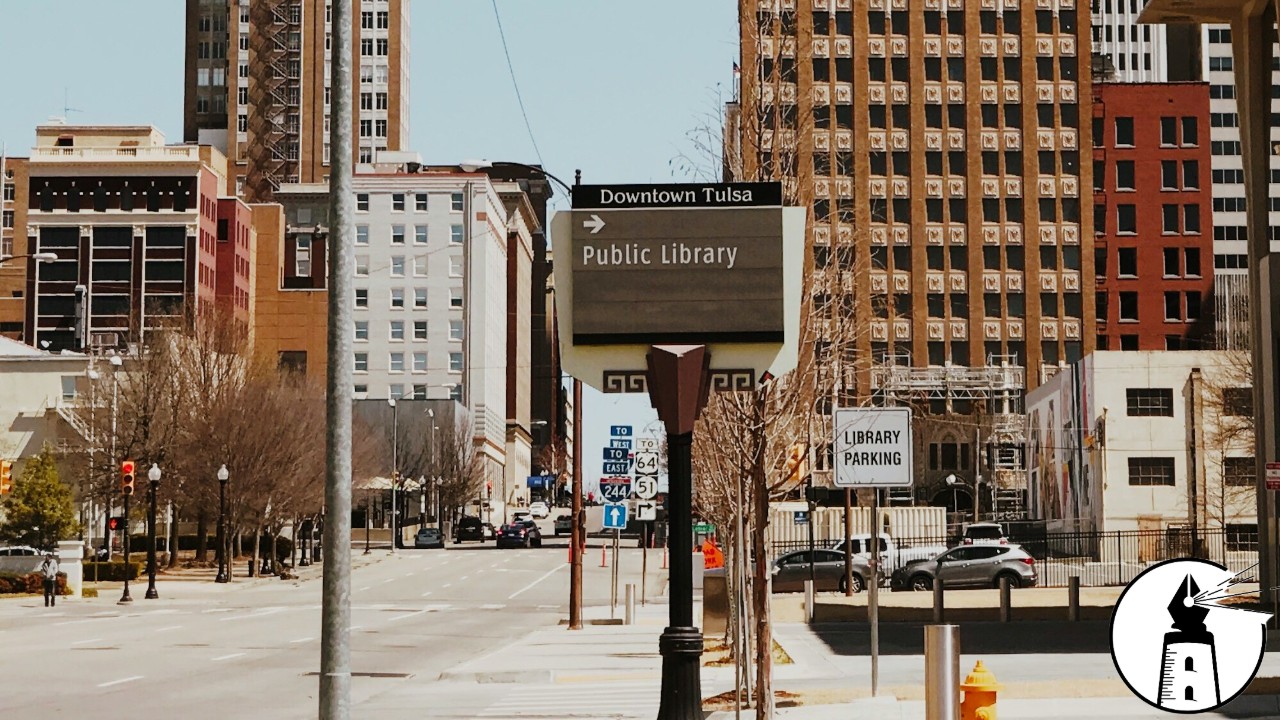Tulsa, Oklahoma is taking an unprecedented step to address one of the darkest chapters in American history. The city has announced a $105 million reparations initiative aimed at revitalizing the Black community harmed by the 1921 Tulsa Race Massacre. The plan, introduced by Tulsa’s first Black mayor, Monroe Nichols, focuses on long-term community investment rather than individual compensation. It comes at a moment when conversations about racial justice, historical accountability, and systemic inequities continue to evolve across the United States.
The Tulsa Race Massacre began on May 31, 1921, and by the evening of June 1, one of the most prosperous Black communities in the country had been nearly wiped off the map. The Greenwood District of Tulsa, known as “Black Wall Street” for its thriving Black-owned businesses and professional class, was razed by a white mob. Over 1,000 homes and businesses were destroyed in a matter of hours. An estimated 300 Black residents were killed, with many more injured or displaced. The attack left a deep wound, not only in Tulsa but across the nation.
For decades, the massacre was barely acknowledged. Local institutions omitted it from school curricula and public records, contributing to a broader erasure of the event from national memory. It was not until the release of the HBO series Watchmen in 2019 that many Americans were introduced to the massacre for the first time. The series used the real-life violence as a dramatic backdrop, helping to bring long-overdue attention to the atrocity. The following year, public awareness surged again when former President Donald Trump planned to hold a political rally in Tulsa on Juneteenth, a date commemorating the end of slavery in the United States. The announcement triggered widespread backlash and renewed focus on the city’s buried history.
The new plan, named Road to Repair, seeks to correct decades of harm through community development. It includes a $24 million housing fund and a $60 million cultural preservation effort aimed at revitalizing historically neglected areas. The funds are being raised privately and managed by the Greenwood Trust, named in honor of the original district destroyed in 1921. The plan includes efforts to acquire and develop land, reduce blight, and support generational progress in neighborhoods historically impacted by redlining and economic marginalization.
This effort comes at a time when national discourse on reparations remains sharply divided. While Tulsa’s plan is not the first to acknowledge the need for racial repair, it is the most ambitious and targeted in addressing a specific act of racial violence. Other states and cities, including California and Maryland, have explored commissions or issued formal apologies, but none have committed funding on the scale seen in Tulsa.
The announcement also coincides with a period of retreat from diversity initiatives at the national level. With President Trump back in office and dismantling many DEI programs, Tulsa’s move stands out as a bold commitment to justice at the local level. The initiative does not include direct payments to the descendants of massacre victims or to the two remaining known survivors, who lost a legal battle for restitution in 2023.
The Tulsa plan marks a symbolic and practical turning point. It acknowledges the generational toll of the massacre while investing in a future that aims to restore opportunity to the very community that once helped define Black excellence in America. In doing so, it brings a measure of visibility, and possibly healing, to a tragedy long hidden from view.
—By Greg Collier



